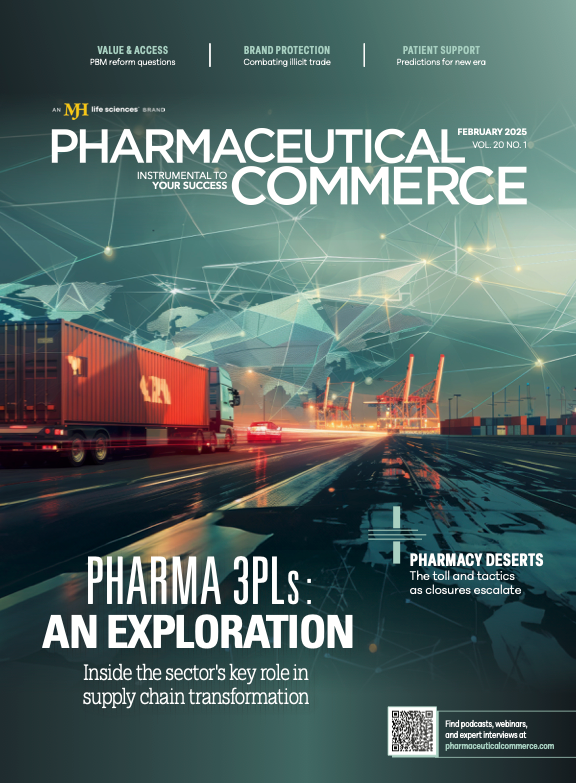Beyond the GLP-1 Headlines
Digging a little deeper into the drug class phenomenon reveals some interesting takeaways on a smaller subgroup of users.

I am pleased to welcome you all to the first Pharma Commerce issue of 2025. As mentioned in the publisher's note, this edition marks the debuts of new guest columnists, Chris Dowd of ConnectiveRx and Sean O’Hearen of 1st Line Partners, who will be zeroing in on the topics of patient support and brand protection, respectively.
Dowd's background includes almost 30 years in leadership roles across Big Pharma, healthcare startups, and the patient support space. As for O’Hearen, after spending 20-plus years building brands in marketing and business development roles, a decade ago, he decided to shift his focus to protecting products from illicit trade. We are excited to have Chris and Sean aboard.
Shifting a bit, as Dowd references in his first installment this month, the Centers for Medicare & Medicaid Services is fresh off revealing its choices for the 15 latest drugs to be covered under Part D for price negotiations. Headlining that list is Ozempic, Novo Nordisk's branded semaglutide—which, as most of you know, is a type of glucagon-like peptide-1 (GLP-1) receptor agonist. GLP-1s have traditionally treated type 2 diabetes, but surged in popularity for battling weight loss; they have also recently been approved in other indications, such as cardiovascular disease prevention and sleep apnea. Their influence cannot be ignored; in fact, a KFF Health Tracking Poll found that about one in eight adults (12%) report taking a GLP-1 drug.
I wanted to dig further into this phenomenon and found a cohort study published in JAMA Network Open, with more of a focus on individuals with obesity but without diabetes, a smaller subgroup of users. The study explores the drivers of semaglutide initiation in this patient group. Researchers “identified sociodemographic, healthcare, and clinical factors associated with semaglutide initiation within six months after obesity diagnosis using a novel machine learning approach. The associations ... were quantified using multivariable logistic regression, and use of common medications, insurance plan structure, employer industry type, and sex were all significantly associated with semaglutide initiation.”
The fact that there is currently limited evidence on clear factors associated with uptake in this subgroup leads me to believe that there is plenty left to be done in this setting, but AI, as chronicled in many other areas, appears to have the potential to make waves here as well.
I look forward to seeing what other GLP-1 clues surface in the New Year.
Nicholas Saraceno is Pharmaceutical Commerce's Editor. He can be reached at [email protected].
